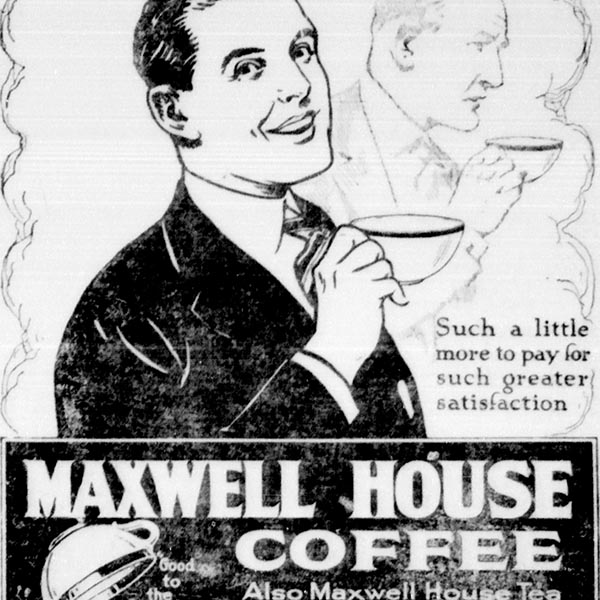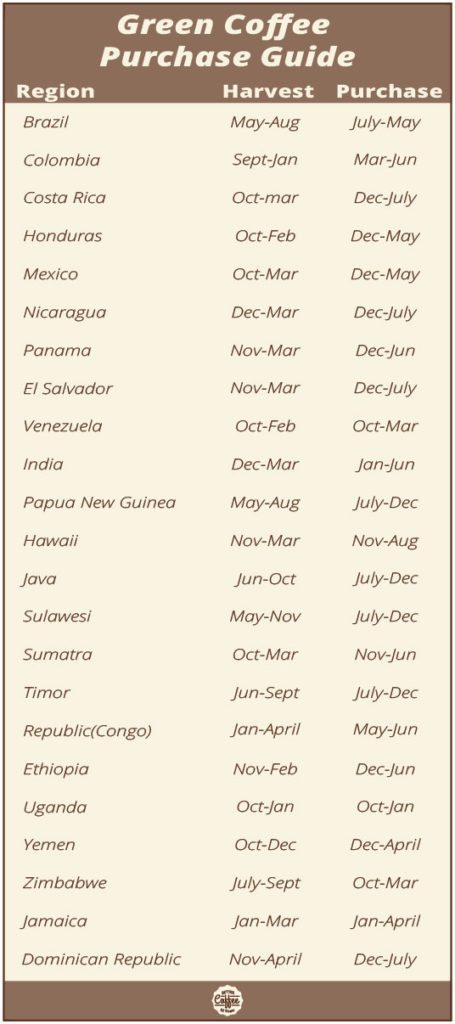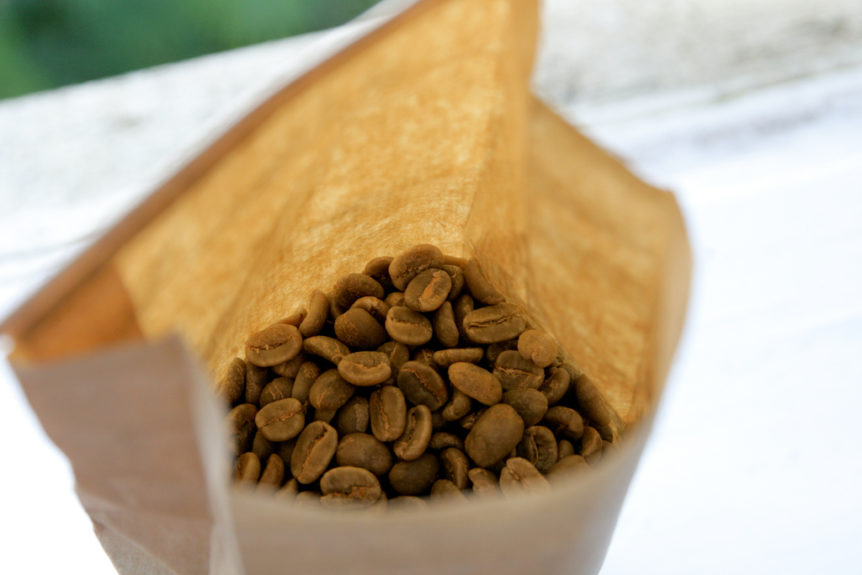Selecting the right specialty coffee beans is a very important step in the process of brewing a better cup of coffee.
Even if you’ve perfected your roast and your water temperature is on point and you have your brew time down to a science. None of this will matter if you have beans that have not been grown with passion and care.
The beans genetics, the way they were cared for and their environment such as elevation and soil conditions,really make a rather large impact on the beans final flavor.
Getting a good bean is the absolute base,starting point to making a good cup of coffee. When you have a good bean and you’re roasting and brewing your coffee at home you have so much control over your coffee’s flavor.
If you are just getting into this sort of thing, the coffee world is about to change a lot for you!
Coffee is being recognized today more and more like a wine or craft beer. What if I said I would like a single origin bean roasted full city and finely ground?
Some of that probably made sense and some not so much. But, everything in that sentence will affect the final taste.
There are hundreds of varieties out there but when you go to the grocery store and buy coffee you don’t really get much help from the packaging there.
You may get a coffee labeled “breakfast blend.” What does that even mean? That gives you nothing about the coffee at all. No origin, Roast type, grind type or anything!
Why is it like this?
Because coffee has become such a popular commodity,the main goal was to optimize convenience. By the mid 1920s most people were buying coffee that was roasted and ground and then placed in a can for who knows how long.

While this is more convenient, it comes with a major cost; FLAVOR.
Today it is important to note how coffee is categorized. Commodity Vs. Specialty.
Commodity coffee’s main goal is mass production. This bean is generally used in cheaper coffee blends that you see in the stores. A portion is even grown just so we can extract the caffeine for some medicines.
Taste falls to the wayside.
Specialty coffee on the other hand is being cultivated for it’s flavor.
The farmer’s ultimate goal is to make a great bean, so that it can be roasted and brewed into an amazing tasting and smelling cup of coffee.
So, now we know to get the best tasting coffee we should get specialty beans.
But, Sometimes the labels on these things can be kind of confusing. What is a grade? And what about organic or fair-trade coffee? What does altitude have to do with anything? Blend versus single-origin?
What does it all mean?
Below I will break down some of what you will see on specialty coffee labels and go into detail about some subjects and terms that will affect the coffee’s flavor.
Grade – Grade is generally used to describe the size of the bean,nothing more. For example AA refers to a large bean. You may also hear supremo, which is used by mainy colombian farmers also referring to a large bean. Grade doesn’t indicate anything about the beans flavor.
Altitude – The altitude at which coffee is grown has a major impact on the taste of the bean. The best tasting bean is made from the Arabica species. This plant thrives in the mountains of the bean-belt starting at around 3000 ft above sea level. Coffee at this altitude has an earthy flavor, kind of nutty with chocolate tones.
As altitude increases to around 6000 ft above sea level,so does the coffee’s acidity. Which is a good thing, coffee with plenty of acidity tends to be more fruity and have sweet tasting tones to it. People also refer to the acidity as the liveliness of the coffee.
Varieties – Coffee is grown in more than 50 countries around the world, from the mountains of hawaii all the way to the plantations of ethiopia. There are three main species of coffee that are grown today; Arabica, Robusta and Liberica. Arabic is touted as the species that produces the best tasting cup. Robusta and Liberica are generally produced as commodity coffees.
An important thing about varieties is that some are region specific. Meaning they have be grown and produced only in that one particular area of the world. A certain variety may require very specific growing conditions that are specific to that region to make the best beans. Since environmental conditions play a large role in flavor,this makes for plenty of flavor variation from coffee around the world.
Region/origin – When you see a coffee that says single-origin it means that all the beans in that batch were sourced from a single area.
Each region’s coffee will have a different flavor because of the growing conditions and the environment that the bean has been exposed to.
It’s hard to say with certainty that a region’s beans will always taste the same again and again. That is because of all of the variables mentioned earlier.(environment, climate, soil, etc…)
Meister has a great guide that lays out what each region’s bean has to offer in terms of flavor.
Keep in mind this is not taking into account roasting(which also effect flavor).
A very quick breakdown of flavors by region:
Central America(Guatamala, Costa Rica, Honduras,Mexico, El Salvador) – Balanced; having both fruit and cocoa type characteristics.
Brazil – A huge producer of coffee(2,859,502 Us tons in 2014). Since Brazil produces so much coffee on so many different farms, that also means that there are a lot of variables in the flavor. Generally speaking Brazilian coffee will taste slightly like peanuts and have a lingering aftertaste.
Colombia – Colombian coffee’s are sweet with a medium body. Colmbia’s climate has been changing since the 1980’s lessening the usable farm land.
Ethiopia – The home of the Arabica Bean! There are so many different unique varieties growing here, the climate is so great for coffee that it naturally thrives in the wild. As you can imagine, all of those varieites come with a huge flavor range. Coffee from here can taste like anything from intense blueberry or strawberry flavors all the way to cups of coffee that taste more like a tea with lemongrass.
Kenya – Kenyan coffee, unlike most coffee are grown mostly without shade. This, combined with the a unique processing method gives coffee from this region usually has sweet and savory characteristics. (Think tropical coffee.)
Indonesia – Popular coffee regions from within Indonesia are Papua New Guinea and Sumatra. Coffee beans from Papua New Guinea are usually sweet and floral while beans from Sumatra are really heavy tasting with earthy spicy tones.
Note: Flavor will change depending on how the coffee was processed(This is true to all coffee beans).
Blends – This simply means that the beans in that batch are not all from the same region. Many experienced roasters focused on quaility tasting coffee will blend beans together to give themselves a signature taste. Each type of bean will bring something unique to the blend like either a bigger body or maybe they are looking for floral tastes in the cup. Unfortunately, some roasters also blend coffee to save money by mixing lower quality beans into the blend.
Certificates
Organic – Coffee receiving the Organic label from the US department of agriculture must meet certain requirements. These farmers have limits on synthetic pesticide use and must follow sustainable crop rotations. Coffee grown organically is good for the environment but does not mean a better tasting coffee.
Fair-trade – This, once again doesn’t necessarily mean a better tasting coffee. All this means is that there is a third party overseeing the deal between coffee farmer and coffee buyer. Making sure that the coffee farmer is getting a fair wage for his beans. If you ask me somebody making a fair wage is more likely to produce a better product but this isn’t always the case.
Estate Farm – Simply, it’s a coffee farm. Another way of saying coffee plantation. This in no way guarantees a good tasting cup of coffee.
Direct Trade – This is a deal between coffee roasters/buyers and coffee farmers. They work together to increase the quality of the bean. Generally direct trade coffee is a better tasting bean because everybody involved is working towards the same goal; good coffee..
I think it’s easy to feel overwhelmed by the amount of options that you have. With the internet now you can pretty much order any kind of green coffee bean that you would like.
There is no one that can tell you what the best coffee in the world is because drinking coffee is a completely personal experience.
You are human, you like different things than other humans. What I would recommend doing if you’re just starting out is to pick a region that appeals to you.
Maybe you’ve always wanted to visit Hawaii, pick up some coffee from there! Finding out which region makes the best tasting coffee to you is part of the journey and is what makes the world of specialty coffee so fun.
Our barriers as coffee enthusiasts to getting specialty coffee right at home are lower than ever. It’s pretty easy for someone sitting at home to order a single origin cup of coffee from Costa Rica. In fact that’s what I’m drinking as I write this! Not to long ago we did not have this luxury!
If you are looking to get some green unroasted beans check out sweet maria’s. I order beans from their site all the time!
Another tip that I can give you to get better coffee is to buy when it’s in season. Coffee, like most crops require a certain amount of time from flower until ripe harvest. This may be a little difficult if you don’t know when each region is at the peak of its production. That’s why I put together a little chart to show you when each area is harvesting and the best time to purchase.

This is just a general guide line. Slight differences in climate may mean a farm in the same region may harvest their beans a month later than another farm. Not all beans ripen simultaneously, this is just something to be mindful of.
Coffee, like any other fruit can go bad. If you wait too long to roast your green coffee beans after they have been harvested they will go stale, leaving you with a flat, dull tasting cup of brown water. From your time of purchase you have about 6 weeks to roast your coffee to get maximum freshness.
Speaking of roasting your beans I personally like to stay on the lighter side of the roast. This allows you to taste the actual flavor of the bean.A darker roast starts to ADD to the flavor, they have a more caramel/smokey taste that is given to it by the heat.
If you want to know more about roasting and how you can do it at home check out my guide on being a home coffee roaster.
I hope this guide to selecting coffee beans has cleared up some questions you may have had about selecting specialty coffee.
Hopefully this has answered some questions and opened the world of specialty coffee to you. There are so many things that you can play with that will give you a different tasting cup of coffee. The world of coffee is a lot like the wine world!
As a bonus check out this video from George Howell and his coffee company. He has lots of experience in the coffee world and will add to your coffee drinking experience!
Join in on the discussion, leave a comment below.Let’s talk about how we can get better coffee.





